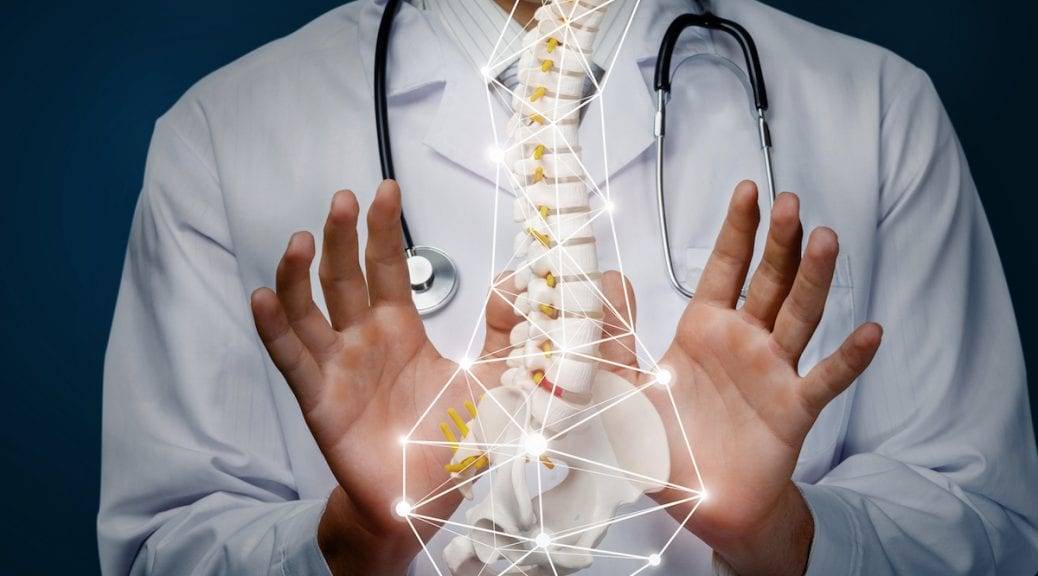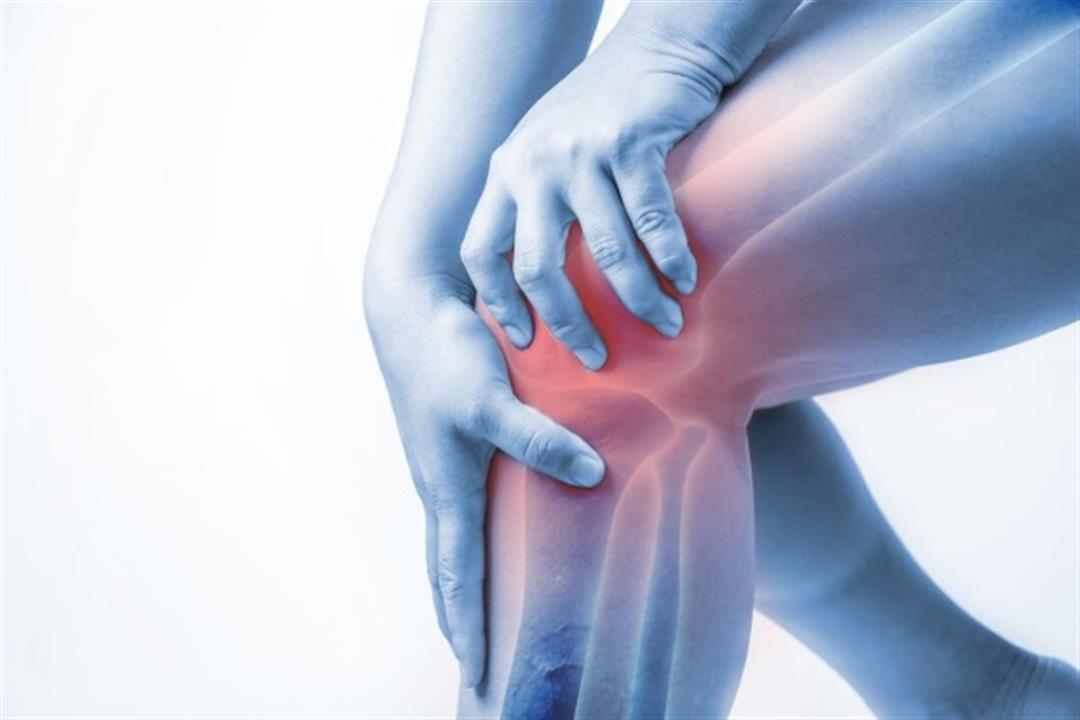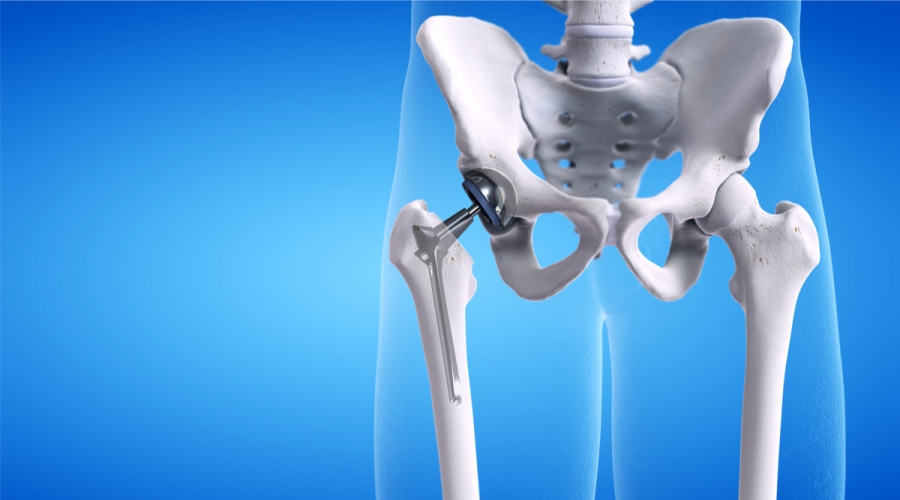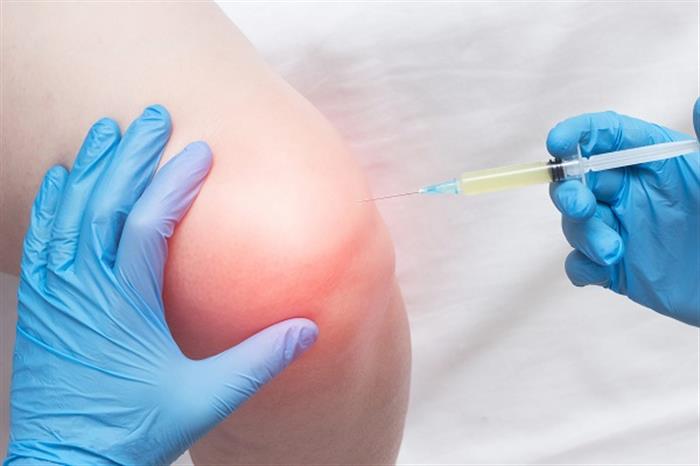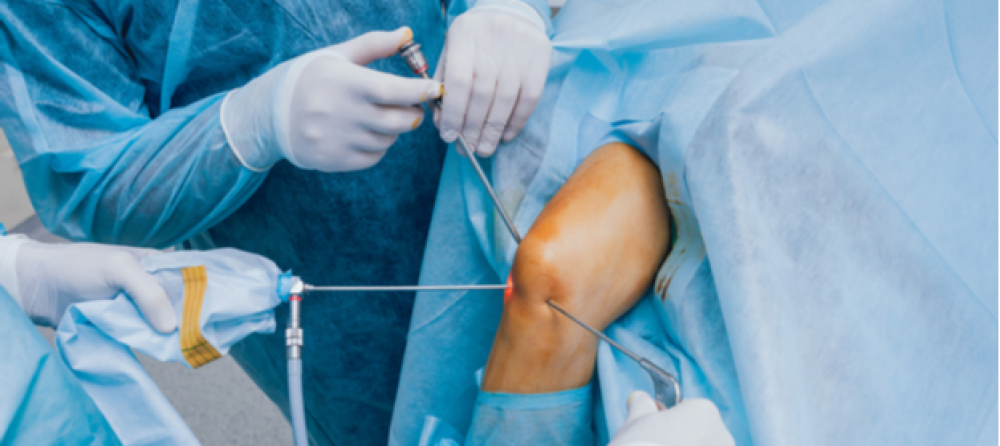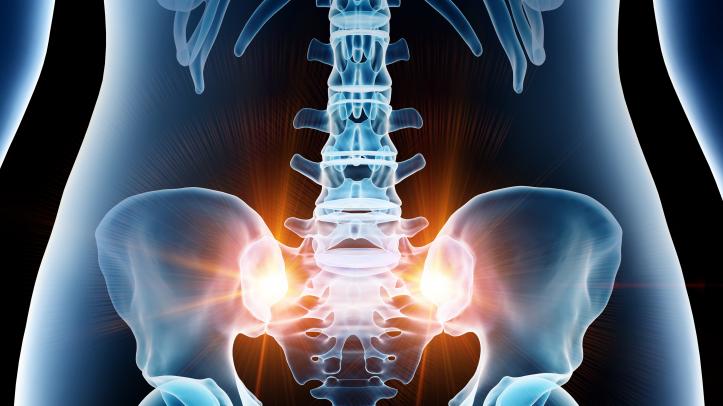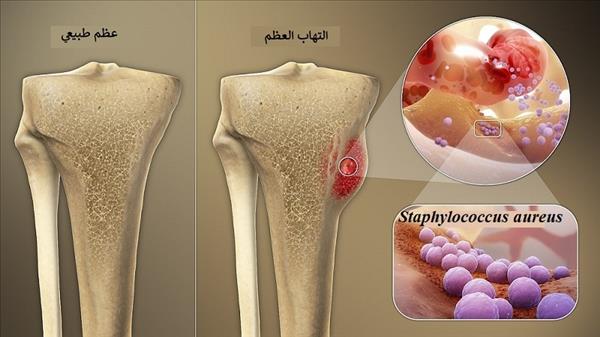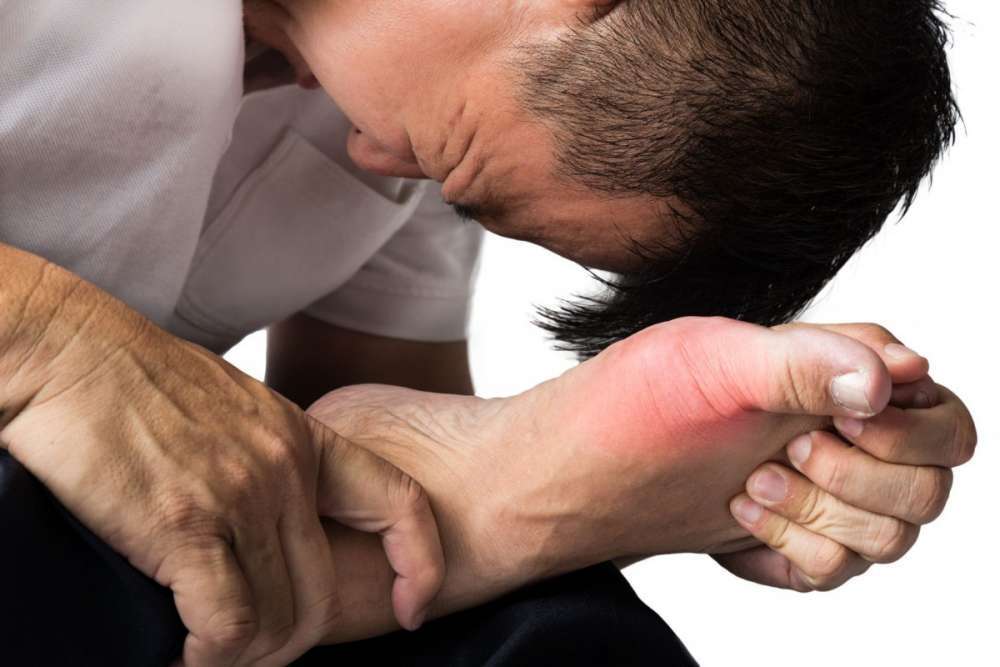Learn more about osteomalacia
There are many types of bone diseases, including what occurs in the late stages of life, such as osteoporosis, and there are other types that affect younger businesses, especially children, including osteomalacia, which we show you detailed information about its symptoms, causes, and methods of treatment and prevention in this article.
Osteomalacia
The question of what is osteomalacia can be answered as a disease that occurs due to weakness in the bones as a result of the body not retaining calcium sufficiently, and it is primarily responsible for the growth of healthy bones, and the bones may become more susceptible to curvature and fracture due to their fragility and weakness.
Osteomalacia can occur due to a deficiency in vitamin D, which is responsible for the absorption of calcium and phosphorus in quantities suitable for the healthy growth of the body bone and consists of the mineral layer that surrounds the bones. It is common for osteomalacia which leads to rickets in children.
There is more than one symptom that can happen to patients with osteomalacia, which affects them severely, and doctors often resort to more than one method through which they can work on determining the stage of the disease and giving an appropriate dose to the patient, here are how cases of osteomalacia are diagnosed:
- Vitamin D levels are measured in the body.
- Bone mineral density can be checked to see how much calcium is in the body.
- Undergoing x-rays that determine the extent of bone damage.
- In rare cases, a slice of bone tissue is examined.
Osteomalacia for children
One of the frequently asked questions is what is osteomalacia in children? Osteomalacia is one of the diseases resulting from calcium deficiency and the lack of good bone growth, which makes the child’s bones more vulnerable to curvature, and in advanced cases, it may affect walking in a significant way.
Osteomalacia in children occurs mostly due to a disorder in the formation of the skeleton, which affects the efficiency and shape of the bones and may lead to the child’s injury to rickets.
Deficiency or deficiency of vitamin D in the child’s body is one of the main elements that can affect the child’s exposure to osteomalacia because the body in this case does not properly absorb calcium and minerals and thus affects healthy bone formation.
Symptoms of osteomalacia in children
There is more than one symptom that appears in a child with osteomalacia, some of which can be seen with the eye, and others that require some examinations and analyzes. Symptoms of osteomalacia in children are
- The child lags behind his peers of the same age in crawling or walking straight.
- The affected child feels soreness and lethargy in the body with normal movement.
- The appearance of a protrusion in the forehead and a curvature in the spine and legs.
- The decreased growth of the pelvic bones and a delay in the growth of teeth.
- The child may develop a protrusion in the breastbone.
- The child has muscle weakness.
Complications of osteomalacia in children
In increasing the possibility of osteomalacia in the child and the lack of early diagnosis of the disease, the child may reach complications of osteomalacia, which are multiple, including:
- The child feels constant pain in the bones.
- Occurrence of some bone deformities, the most serious of which affects the spine.
- osteomalacia causes fragility in them, which increases the child’s risk of fractures.
Causes of osteomalacia in children
Osteomalacia in children has more than one cause that can affect bone formation and cause it to become fragile and softened during childhood, and these reasons are:
- Deficiency of vitamin D in the child’s body.
- The child is not exposed to the sun enough.
- The body does not naturally absorb calcium.
- Osteomalacia is sometimes caused by certain types of medication that help the kidneys work properly.
- A child may develop soft bones after undergoing stomach surgery.
- Some immune diseases lead to a problem with calcium absorption.
Forms of osteomalacia in children
Osteomalacia that affects children or rickets often has more than one form, and this is due to the reason that led to the patient’s osteomalacia, and these types were as follows:
- Nutritional rickets: This type of rickets usually results from a deficiency in vitamin D and the inability of the body to absorb calcium and phosphorus appropriately, and thus the bones are not formed properly, and this affects them and makes them fragile.
- Hypophosphatemic rickets: Rickets can occur as a result of a defect in genes that affects the amounts of phosphate in the body. Symptoms of the disease appear in children from the age of one year, and it is treated through nutritional supplements.
- Renal rickets: It is one of the diseases resulting from the presence of a health condition in the kidneys, which makes them unable to perform their function properly and does not control the number of electrolytes lost in the urine.
Osteomalacia in infants
Osteomalacia can affect infants as a result of several factors, including genetic diseases, kidney diseases, and a deficiency in vitamin D. There are more than one symptoms that appear on the infant, including an increase in the size of the skull, the presence of contact between the knees, and the appearance of curvature in the spine.
Do the effects of osteomalacia disappear in children?
If osteomalacia is discovered early in the child and its treatment is started quickly, the effects can disappear faster, especially in the young ages in the pre-puberty stage, but after puberty, osteomalacia may affect the child’s height and the shape of his bones even after recovery.
Osteomalacia and delayed walking
Osteomalacia in children or rickets can be one of the reasons for the delay in walking in the child, and this is what was stated in some recent studies, so it is important for parents to follow the stages of the child’s age and pay attention to his movement and when he starts to walk straight because early detection of the disease leads to a faster response to treatment.
Symptoms of osteomalacia
Some symptoms appear on the person with osteomalacia, which leads to general weakness and fragility in the bone, which makes him suffer from fractures, and osteomalacia usually occurs due to a lack of absorption or utilization of calcium by the body, and thus a health problem occurs in the bones and reduces their hardness.
Here are the symptoms that appear in patients with osteomalacia:
- Feeling of general stress in the body.
- The presence of pain accompanies the person despite not making much effort.
- The patient with osteomalacia has difficulty moving and moving from one position to another, such as standing and sitting.
- It usually occurs with weakness accompanied by pain in the bones of the thighs and arms.
- A feeling of numbness in the extremities of the hands and feet.
- The bones of the body are generally more prone to fracture due to their weakness.
Symptoms of osteomalacia in women
Osteomalacia in women occurs due to a deficiency in the level of calcium present in the body, which affects the strength of the bone and increases its vulnerability to fractures, and there is more than one reason that can lead to calcium deficiency or deficiency, including vitamin D deficiency and malnutrition, as well as some side effects of certain drugs that result in it Poor absorption of calcium by the body.
There is a not small percentage of women who suffer from osteomalacia, and it often leads to symptoms that appear on the body with an acute deficiency in calcium levels in the body, which are:
- Exhaustion, feeling very tired and lethargic.
- Presence of muscular weakness, bone pain, and spasms.
- Numbness in the extremities and a feeling of dizziness.
- Weak and broken nails and a change in the texture of the hair.
- Increased fatigue that accompanies women before menstruation.
- The emergence of dental health problems and weakness.
- Calcium deficiency may affect mood disorders.
Causes of osteomalacia
There are many causes of osteomalacia, and the body may suffer from more than one pathological problem that is not easy to treat, especially in advanced cases. Therefore, you must pay close attention to the causes to avoid them early and avoid the complications that may affect him due to the increase in the severity of osteomalacia.
Here are the main causes of osteomalacia:
- Deficiency in vitamin D is one of the most famous reasons because it is an essential element in the body’s absorption of calcium, which is responsible for building and strengthening bones.
- Infection with celiac disease.
- Gastric bypass surgery, which is a process to reduce the size of the stomach, which causes health problems, including calcium deficiency.
- Performing some surgeries that depend on removing part of the intestine.
- Taking types of drugs that help the kidneys to work regularly, especially in cases of (kidney failure).
- Deficiency of phosphorous in the body.
- In some rare cases, a person may develop osteomalacia as a result of a genetic factor.
Work can be done to reduce or prevent the causes of osteomalacia, especially in the younger stages and children, and there are some preventive methods that we show you in the following to avoid developing osteomalacia:
- You can pay more attention to the level of vitamin D in the body and exposure to the sun.
- Adding vegetables and fruits rich in vitamins and minerals to our diet.
- In cases of vitamin D deficiency, nutritional supplements can be taken.
- Treating diseases related to the kidneys and liver so that the absorption of minerals and vitamins in the body is better.
- Take care to take the prescribed medications after stomach and intestinal operations.
- Include dairy products and fish in the diet to maintain the proportions of calcium and minerals in the body.
Osteomalacia treatment,
Fortunately, there are good treatment methods that help a patient with osteomalacia recover quickly, and we offer you some osteomalacia treatments, which are:
- A patient with osteomalacia can begin to increase vitamin D in the body by taking nutritional supplements that contain the necessary vitamins and minerals.
- Increase exposure to the sun, especially in cases of osteomalacia in children.
- Increase the levels of calcium and phosphorus in the body by including them in larger quantities in your diet.
- Treating health problems related to the liver or kidneys often helps in increasing calcium and speeding up the body’s use of it, which treats osteomalacia.
- Follow up on medications and nutritional supplements prescribed by the doctor, especially after operations related to removing part of the stomach or intestines.
Food for the treatment of osteomalacia
Therapeutic nutrition can help prevent or treat a patient with osteomalacia and increase his chances of recovery, and there is more than advice that includes types of foods that can help a person with osteomalacia relieve symptoms associated with the disease and recover from it.
Foods that help treat osteomalacia are:
- Dairy products are rich in calcium, which is needed to build a healthy body.
- Vegetables, especially dark green leafy vegetables, such as spinach, cabbage, and broccoli.
- Different types of fatty fish because they contain omega-3, which helps the body to be strong, more than salmon and sardines.
- Eat whole grains and soy products.
Paying attention to health and eating integrated meals that contain more than one nutritional age in the young stages of life often helps the body to form properly and the chances of exposure to osteomalacia are less.
Treatment of osteomalacia in children
Osteomalacia in children can be treated in more than one effective way, and early detection of the disease helps the child respond to treatment faster, and the treatment method is:
- Expose the child to the sun for a longer period of about 15 minutes per day.
- Increase the percentage of vitamin D in the body through nutritional supplements and a healthy diet.
- There can be surgical intervention in advanced cases or deformation of the bones.
Duration of treatment of osteomalacia in children
There are some cases of osteomalacia that need to take nutritional supplements, which take about 3 months of treatment and follow-up, and the duration varies slightly in cases of performing surgeries and correcting bone deformities.
The difference between osteomalacia and osteoporosis
Osteomalacia and osteoporosis are diseases that affect the skeletal system of the body and often affect the bone with some deformities and major health problems, but there are some differences between them, which are:
- Osteomalacia
It is a disease that affects the bones at an early age and mostly occurs in children as a result of the bones not forming properly and becoming less solid and more prone to curvature.
- Osteoporosis
It is a weakness in the bones in general and a decrease in their density, which makes them more vulnerable to fracture with the normal movements of a person, and he is unable to bear weight on the bones due to their fragility.
- The difference between osteomalacia and osteoporosis
The difference between osteomalacia and osteoporosis is the age stage in which the disease affects the person, and mostly osteomalacia occurs at a young age, while osteoporosis often affects the elderly.

